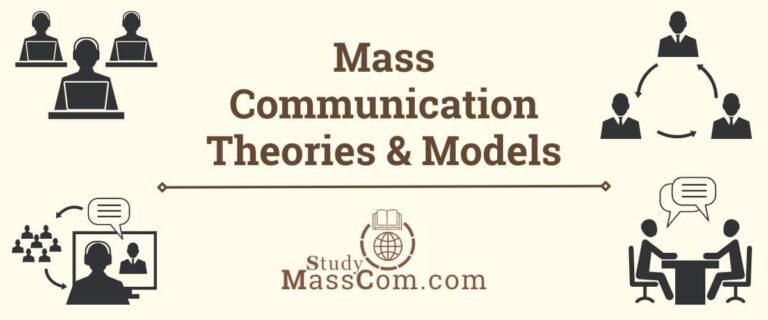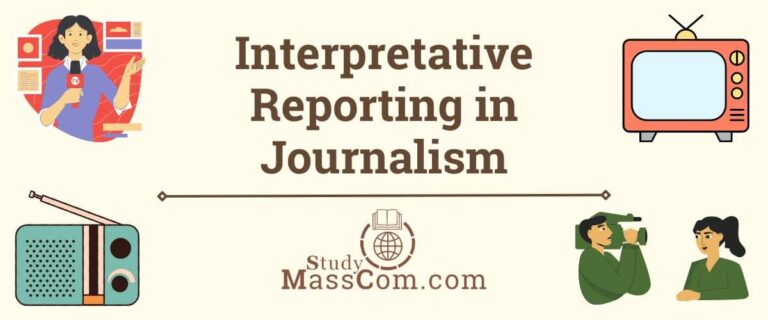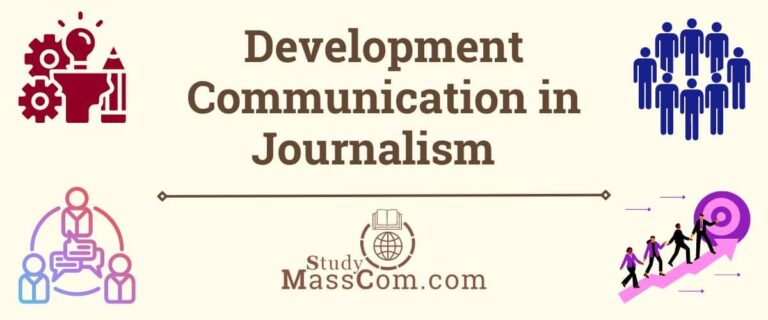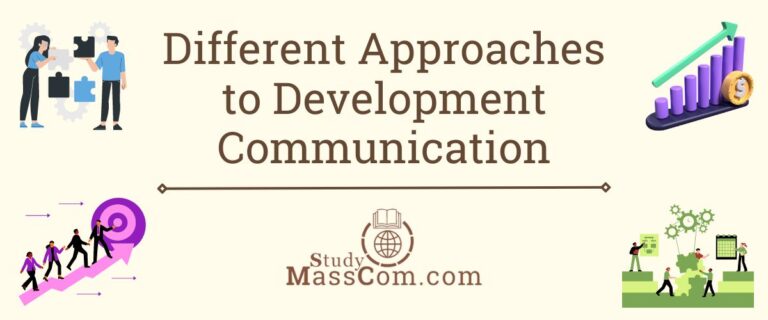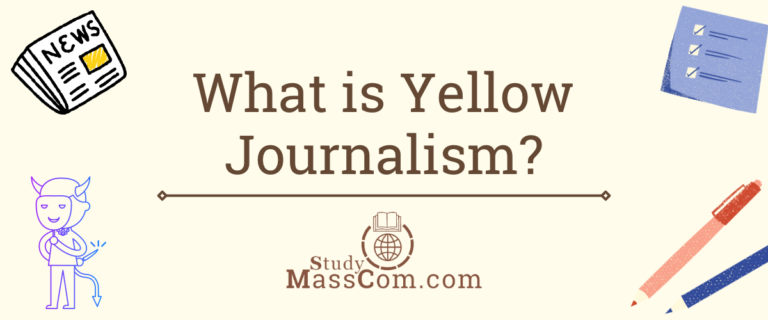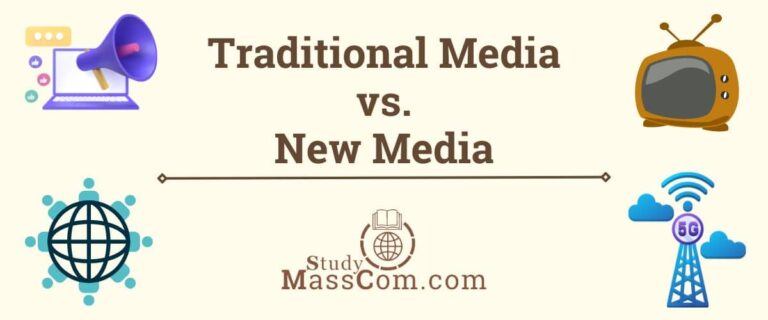Media Literacy and Digital Literacy: Similarities and Differences
Introduction
In today’s digital era, where information is readily available at our fingertips, media literacy and digital literacy have become essential skills for individuals to effectively navigate the vast landscape of media and information. With the rapid growth of technology and the proliferation of online platforms, it is crucial to understand the significance of media literacy and digital literacy and how they contribute to our ability to consume, evaluate, and critically analyze information. In this article, we will explore the concepts of media literacy and digital literacy, their importance, and practical ways to enhance these skills.
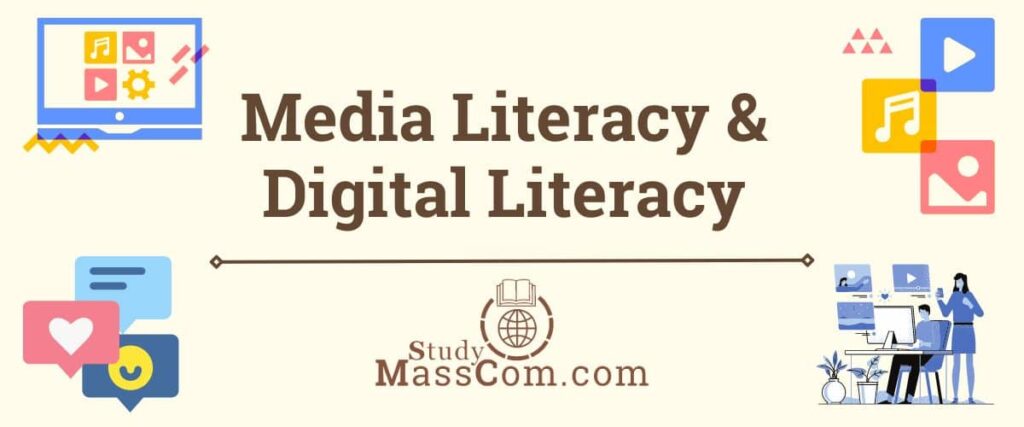
Definition of Media Literacy
Media literacy refers to the ability to access, analyze, evaluate, and create media in various forms. It involves understanding the messages conveyed through different media channels, including television, radio, print, and the Internet. Media literacy empowers individuals to question and critically assess the information they encounter, identify potential biases, and differentiate between credible and unreliable sources.
In today’s media landscape, where misinformation and disinformation can spread rapidly, media literacy is crucial for responsible consumption. By being media literate, individuals can become active participants in shaping public discourse, make informed decisions, and avoid falling prey to misleading narratives.
Definition of Digital Literacy
Digital literacy encompasses the skills required to effectively use digital technologies and navigate the digital realm. It involves the ability to locate, evaluate, create, and communicate information using digital platforms and tools. Digital literacy goes beyond basic computer literacy, incorporating skills such as online safety, privacy, cybersecurity, digital communication, and critical thinking.
Digital literacy is essential in a society where the internet is a primary source of information, communication, and entertainment. It enables individuals to harness the benefits of technology, engage in online communities, protect their digital identities, and adapt to the ever-evolving digital landscape.
The Interplay Between Media Literacy and Digital Literacy
Media literacy and digital literacy are closely intertwined and complement each other. Digital platforms have become the primary medium through which media is disseminated, and being digitally literate is crucial for engaging with media effectively. Conversely, media literacy is essential for understanding and critically evaluating the information encountered in digital spaces.
How to Enhance Media and Digital Literacy
#1 Question and Verify
Encourage a critical mindset by questioning the information encountered, verifying facts from multiple reliable sources, and being aware of potential biases or agendas.
#2 Evaluate Sources
Teach techniques to evaluate the credibility and reliability of sources, such as checking author expertise, cross-referencing information, and looking for corroborating evidence.
#3 Develop Critical Thinking Skills
Foster critical thinking skills by encouraging analysis, interpretation, and reflection on media messages, digital content, and their potential implications.
#4 Promote Digital Citizenship
Educate individuals on responsible digital behavior, including online etiquette, respect for privacy, and awareness of digital footprints.
#5 Stay Informed About Evolving Technology
Keep up with the latest digital tools, platforms, and trends to adapt and make informed choices in the digital realm.
Similarities Between Media Literacy and Digital Literacy
Information Evaluation
Both media literacy and digital literacy involve the ability to critically evaluate and analyze information. They emphasize the importance of questioning sources, identifying biases, and distinguishing between reliable and unreliable information.
Critical Thinking
Both literacies promote critical thinking skills. They encourage individuals to think critically about the messages they encounter, understand the underlying intent, and evaluate the credibility and potential impact of the information.
Communication and Creation
Media literacy and digital literacy emphasize the skills of effective communication and content creation. They encourage individuals to create and share meaningful, responsible, and engaging content using various media formats and digital platforms.
Differences Between Media Literacy and Digital Literacy
Scope
Media literacy encompasses a broader range of media forms, including traditional media such as television, radio, and print, while digital literacy specifically focuses on digital technologies and online platforms.
Medium Specificity
Media literacy addresses the messages conveyed through different media channels, including both traditional and digital platforms. Digital literacy, on the other hand, primarily focuses on navigating the digital realm, understanding digital tools, and effectively utilizing digital platforms.
Technological Emphasis
Digital literacy places a greater emphasis on technological skills and understanding digital tools, including online safety, privacy, cybersecurity, and digital communication. Media literacy, while incorporating digital aspects, may not delve as deeply into these specific technological aspects.
Contextual Considerations
Media literacy often emphasizes the socio-cultural and historical context of media messages, examining how they are produced, distributed, and consumed. Digital literacy, while acknowledging the importance of context, places more emphasis on individual digital skills and digital citizenship in the online environment.
In summary, while media literacy and digital literacy share similarities in terms of information evaluation and critical thinking, they differ in scope, medium specificity, technological emphasis, and contextual considerations. Both literacies are essential in today’s information age, but they bring distinct perspectives to understanding and engaging with media and digital technologies.
Need and Importance of Media Literacy and Digital Literacy Today
Critical Thinking and Evaluation
In the era of information overload, media literacy, and digital literacy are vital for individuals to develop critical thinking skills. They enable us to evaluate and analyze information critically, helping us navigate the vast amount of content available and make informed decisions.
Understanding Media Influence
Media literacy allows us to understand the power of media and its influence on society. It equips us with the ability to recognize and question biases, stereotypes, and manipulation within media messages, empowering us to consume media more responsibly.
Combating Misinformation and Disinformation
With the rise of misinformation and disinformation, media literacy is crucial in combating the spread of false or misleading information. By being media literate, we can verify sources, fact-check information, and recognize the signs of unreliable or deceptive content, thereby reducing the impact of misinformation.
Responsible Digital Citizenship
Digital literacy plays a pivotal role in promoting responsible digital citizenship. It educates individuals on online safety, privacy protection, digital etiquette, and responsible online behavior. Digital literacy empowers individuals to protect themselves from online threats, engage respectfully in digital communities, and contribute positively to the digital sphere.
Empowerment and Active Participation
Media literacy and digital literacy empower individuals to be active participants in the information age. By honing these skills, we can create and share meaningful content, engage in productive discussions, and contribute to shaping public discourse. This active participation fosters a sense of empowerment, as we become informed, critical, and discerning consumers and creators of media and digital content.
Lifelong Learning and Adaptability
Media literacy and digital literacy are essential skills for lifelong learning. In a rapidly evolving digital landscape, these literacies help individuals adapt to new technologies, platforms, and information sources. By staying updated and skilled in media and digital literacy, individuals can navigate the changing landscape with confidence and continue to learn and grow.
Citizen Empowerment and Democracy
Media literacy and digital literacy are fundamental for the functioning of democratic societies. They empower citizens to be well-informed participants in democratic processes, enabling them to make informed choices, engage in constructive dialogue, and hold media and institutions accountable.
Conclusion
In an era dominated by an overwhelming amount of information and the fast-paced evolution of technology, media literacy, and digital literacy are indispensable skills. By cultivating these skills, individuals can navigate the digital landscape with confidence, discernment, and critical thinking. By becoming media literate and digitally literate, we empower ourselves to be active participants in the information age, making informed decisions, fostering meaningful engagement, and contributing to a more informed and connected society.
FAQs
Media literacy and information literacy intersect as disciplines in several ways:
1. Information Evaluation: Both media literacy and information literacy focus on the critical evaluation of information. They emphasize the ability to assess the reliability, accuracy, and credibility of sources. Media literacy considers this evaluation in the context of media messages and sources, while information literacy encompasses a broader range of information sources, including print, digital, and online resources.
2. Source Verification: Media literacy and information literacy share a common emphasis on verifying the authenticity and authority of sources. They encourage individuals to cross-reference information, evaluate the expertise of authors or creators, and assess the bias or agenda that may influence the information presented.
3. Media as Information Source: Media literacy recognizes that media sources play a significant role in providing information. It emphasizes the critical analysis and interpretation of media messages to understand the underlying information conveyed. Information literacy complements this by providing a broader framework for evaluating and utilizing media as an information source within the larger context of diverse sources.
4. Research Skills: Both media literacy and information literacy emphasize research skills. They promote effective search strategies, the use of databases, and the ability to gather, analyze, and synthesize information from various sources. These skills are essential for conducting research and making informed decisions in the digital age.
5. Digital Information Landscape: Information literacy has expanded its focus to include digital information literacy, which encompasses the ability to effectively navigate and evaluate information in the digital realm. Media literacy complements this by addressing the specific characteristics of digital media, such as interactive elements, multimedia formats, and user-generated content.
6. Critical Thinking: Both media literacy and information literacy foster critical thinking skills. They encourage individuals to question assumptions, analyze arguments, consider multiple perspectives, and make informed judgments. Critical thinking is essential for evaluating media messages and information sources, as well as for engaging in responsible consumption and creation of content.
While media literacy tends to focus on media messages and platforms, and information literacy encompasses a broader range of information sources, they intersect in their shared objectives of empowering individuals to critically evaluate, utilize, and communicate information effectively. By integrating the principles and skills of both disciplines, individuals can navigate the complex information landscape and engage with media messages more responsibly and critically.
Media literacy, information literacy, and technology differ in terms of their specific focus and application:
1. Media Literacy: Media literacy primarily focuses on the critical analysis and understanding of media messages and platforms. It encompasses the ability to access, analyze, evaluate, and create media content in various forms, including television, radio, print, and digital media. Media literacy emphasizes the interpretation of media messages, understanding media production techniques, identifying biases, and engaging in responsible media consumption and creation.
2. Information Literacy: Information literacy has a broader scope compared to media literacy. It focuses on the skills needed to access, evaluate, use, and communicate information from a variety of sources. Information literacy encompasses traditional sources such as books, journals, and libraries, as well as digital sources like databases, websites, and online platforms. It emphasizes the ability to locate and retrieve relevant information, critically evaluate its quality and reliability, and use it ethically and effectively for specific purposes.
3. Technology: Technology refers to the tools, applications, and digital platforms used to access, create, and share information. It encompasses the hardware (computers, smartphones, tablets) and software (applications, operating systems) used in digital environments. While media literacy and information literacy focus on the skills and knowledge required to interact with media messages and information sources, technology is the medium through which these interactions occur. Technology enables individuals to access, analyze, evaluate, and create media content and information in various digital formats.
In summary, media literacy concentrates on understanding and critically engaging with media messages and platforms, information literacy encompasses the broader skills needed to access and evaluate information from various sources, and technology serves as the medium through which media literacy and information literacy are applied.

